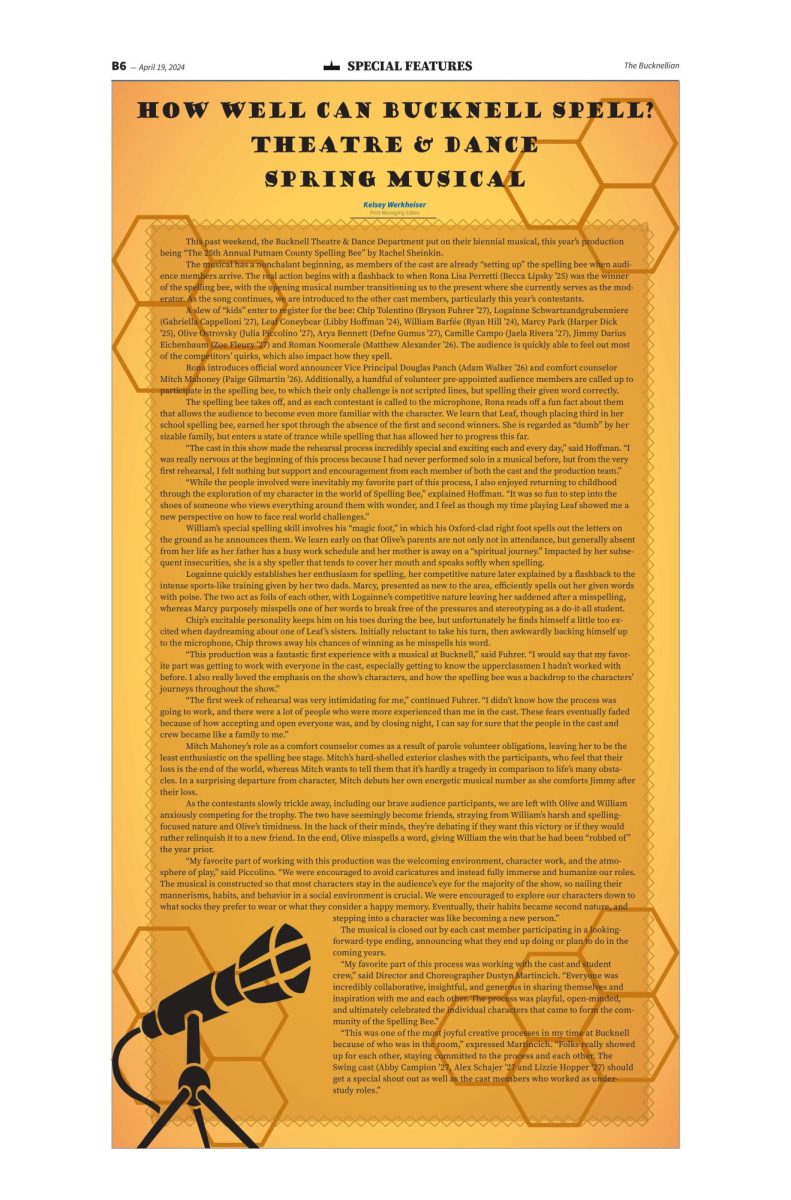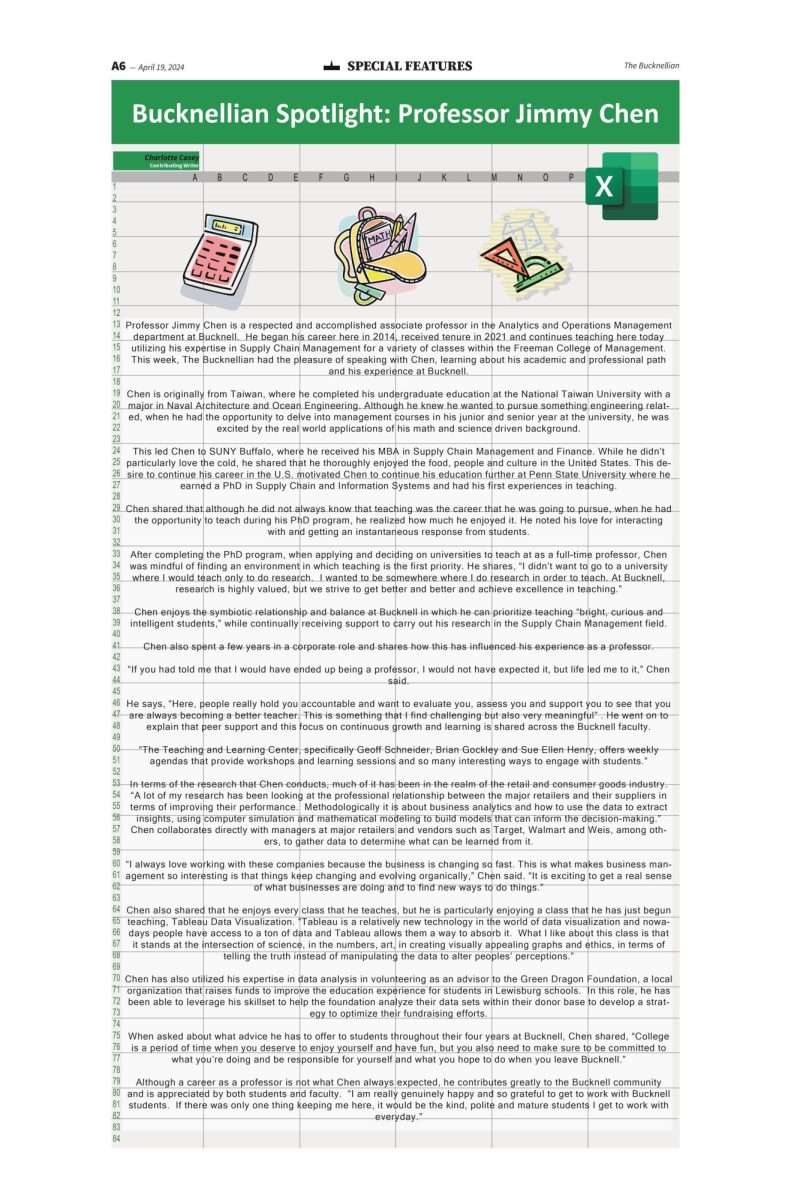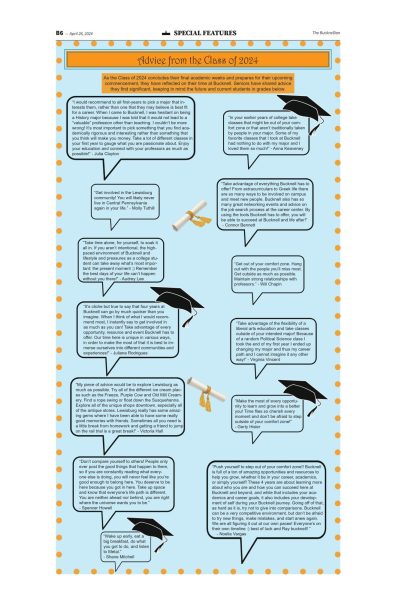With “Ray for Fair Pay” Initiative, Fight for a Living Wage Comes to University
October 7, 2021
When the federal minimum wage was increased by the U.S. Congress from $6.55 to $7.25 per hour, the country looked much the same as it does today. Emerging from a major economic recession and the throes of a global pandemic, the nation looked to provide some relief to working families affected by a period of deep volatility and uncertainty. That year was 2009, and despite the 11 years passed since then, another fixture of that time remains familiar — that same $7.25 minimum wage. Indeed, the period from then to now constitutes the longest without a minimum wage increase since the creation of the federal minimum wage in 1938. After over a decade at the same rate, $7.25 has lost nearly a fifth of its purchasing power from 2009 levels. As of 2021 this wage does not cover full-time laborers’ cost of living in any American state; in Pennsylvania, it covers barely half that amount.
Opposing this stagnation in wages for working people is a large social movement of activists, academics, labor leaders, politicians and working people seeking to increase the minimum wage and raise living standards for many of the nation’s most essential workers. Some have approached the value at a federal level, lobbying for Congressional support of a new federal minimum wage increase; others have been content to approach state governments, who may set state minimums higher, but not lower, than federal levels, to improve local economic welfare.
Still others — such as the University’s “Ray for Fair Pay” (RfFP) Initiative — seek to achieve higher minimum wages at an individual institutional level, setting an example for regional economic partners while increasing the competitiveness of its job openings.
“If you can make more at Evan[gelical Hospital], or Geisinger, or Wendy’s, why would you stay [at the University]?” Associate Professor of Anthropology Clare Sammells asked in an interview with The Bucknellian. “You know, [the University] used to be one of the coveted employers of the region — people really would fight to try to get a job here — and it doesn’t feel that way anymore.”
The University currently pays its custodians at a rate of $12.60 an hour. According to MIT data on living wages, this is just a few cents over what is required to cover all expenses for an unmarried adult with no dependents, and well below what would be needed to support one or more children. Though no precise values on staff pay are available to the public, it was commonly asserted by sources contacted for this article that “staffing issues” have been more prevalent than in previous semesters.
Ray for Fair Pay, a coalition of community members drawn from students, faculty and staff alike, hopes to respond to these iniquities and join a tide of rising wages occasioned by labor shortages in the wake of the COVID-19 pandemic. Professor of Education Sue Ellen Henry, another faculty supporter of the initiative, explained that “[t]his campaign is quite simply, a call for equitable and sustainable wages and work life at [the University]. As other industries have responded to workers’ calls for improved wages and benefits in exchange for labor, we expect that the University will respond.”
“However,” she continued, “increasing wages is only one part of creating equity and sustainability in employment.”
Indeed, RfFP requests several improvements in the University’s labor remuneration policy — and it doesn’t stop at just a fair hourly wage. “Benefits are essential — and so is take-home pay,” reads one tenet of its online website, rayforfairpay.org. “While [University] employees should receive health insurance, college tuition benefits, and the like, this should be in addition to a living wage.”
“You can’t pay rent with health insurance,” the online page continues.
Other components of the RfFP platform include cost of living adjustments (such that staff wages keep pace with price inflation) and comparable starting wages for subcontracted work. Student wages, currently set only a few cents above the $7.25 federal minimum, are yet another important issue to the coalition. On this point, their program is unequivocal — “[a] minimum living wage on campus should apply to all workers, including part-time and student workers.” Boosters of the initiative argue that these changes will help the University outpace other employers in the region, such as Geisinger, who may siphon away skill and experience to its own positions.
But according to its proponents, Ray for Fair Pay is not simply concerned with retaining talented workers in a mountingly competitive labor market. “The [RfFP] initiative is calling attention to gross and pervasive wage inequality that characterizes our campus and our society. Whatever they may say about market forces and intergenerational justice […] the way the university allocates resources is an expression of values,” concludes Assistant Professor of Digital Humanities D. Bret Leraul. “The ‘Ray for Fair Pay initiative asks: Is gross inequality a value that [the University] espouses?”
Leraul further worries that sharp wage differentials, along with ambiguous questions of job security for non-tenured workers, often suppress — or preclude entirely — conversations around wages at the University. “It seems like there is a culture of fear[,] especially among staff but also among untenured faculty[,] when it comes to discussing the conditions of our work,” he explains. “[T]he National Labor Relations Act protects employees’ rights to ‘engage in concerted activities for the purpose of … mutual aid or protection.’” In other words, he further explains, “[m]anagement cannot discipline us or fire us for talking about our compensation and working conditions.” Pursuant to such rights, Ray for Fair Pay hopes to make workers more comfortable with exercising their rights to “discuss the conditions of their employment, including wages and benefits,” in tandem with its other objectives surrounding pay and other allowances.
But what is the role, many may ask, of the student body in this initiative?
While it is unclear who specifically has final say over wages and benefits at the University, Sammells noted that institutional leadership such as the University President and Board of Trustees prove influential to financial decisions and may be amenable to such changes as are recommended by RfFP. “One of the things I often say to students that surprises them is that students have a lot more power on this campus than they realize,” she further explained. “The truth is that the University cares a lot more about what students think than about what faculty think. So I think that – for students and for alumni – if this is an issue that’s important to you, that the people who make this university run be paid fairly, then, you know, email President Bravman.”
“Be polite!” she hastens to add. “But, you know, this is your chance to make clear how you feel about this, and I think they would listen if they got enough comments from students […] there’s all sorts of things you can do to make it clear that this has student support.”
While the major goals of Ray for Fair Pay include concrete wage, benefit and job security guarantees, larger aims of respect and dignity for work are tangible in its supporters’ statements. As Sammells delineates, “people often think about faculty and staff as very separate groups, but the truth is that we’re all co-workers […] When we unite to have a unified approach about what is acceptable and not acceptable in terms of employee benefits or pay, I think we’ll come out a lot better off as a community.”“People often think about faculty and staff as very separate groups, but the truth is that we’re all co-workers […] When we unite to have a unified approach about what is acceptable and not acceptable in terms of employee benefits or pay, I think we’ll come out a lot better off as a community.”
“Ultimately,” Henry concludes, “I hope that improved morale and sustained respect for the work that all people do here at the University will come out of this campaign.”























